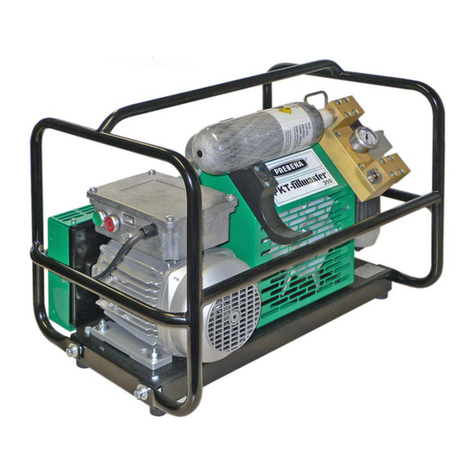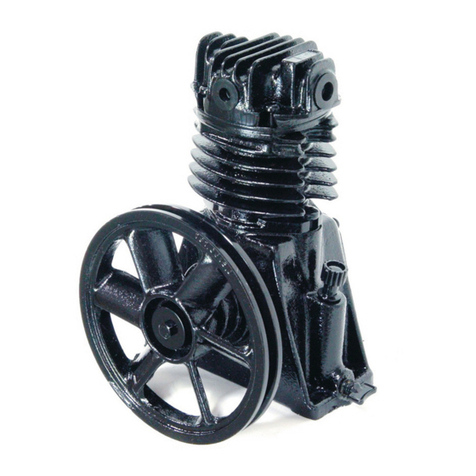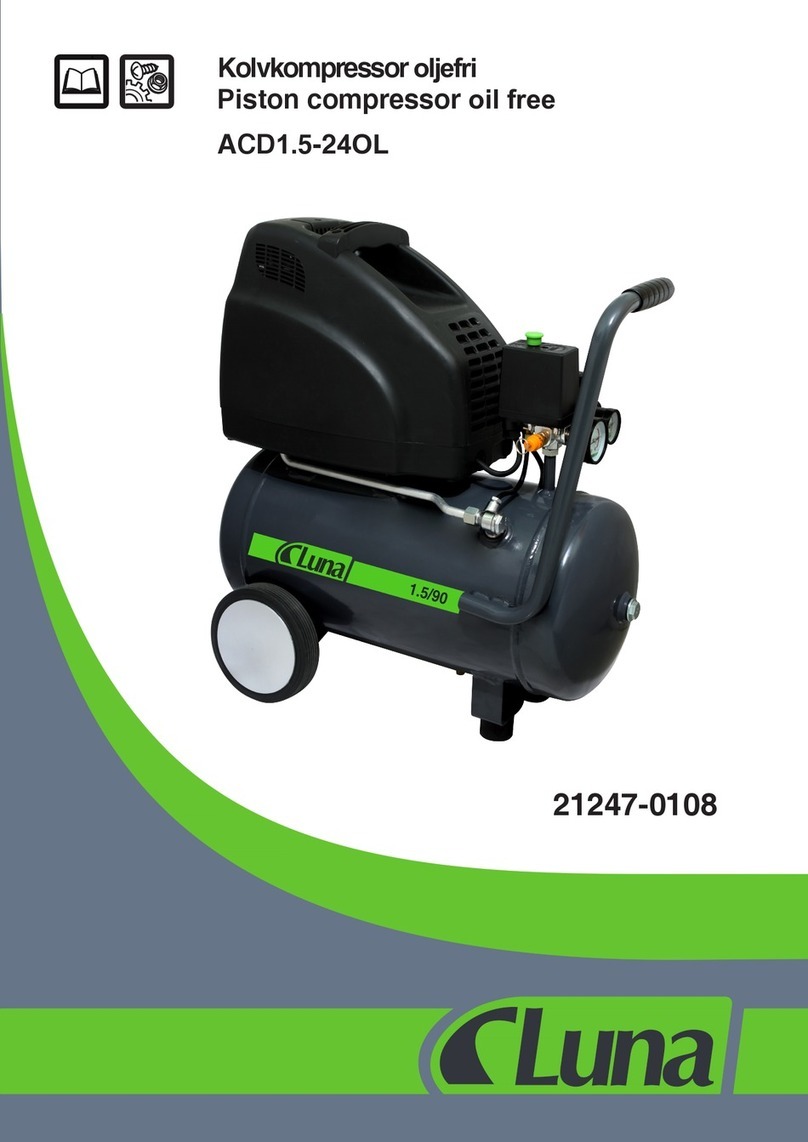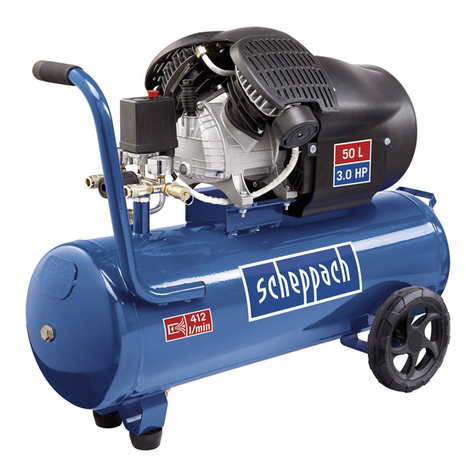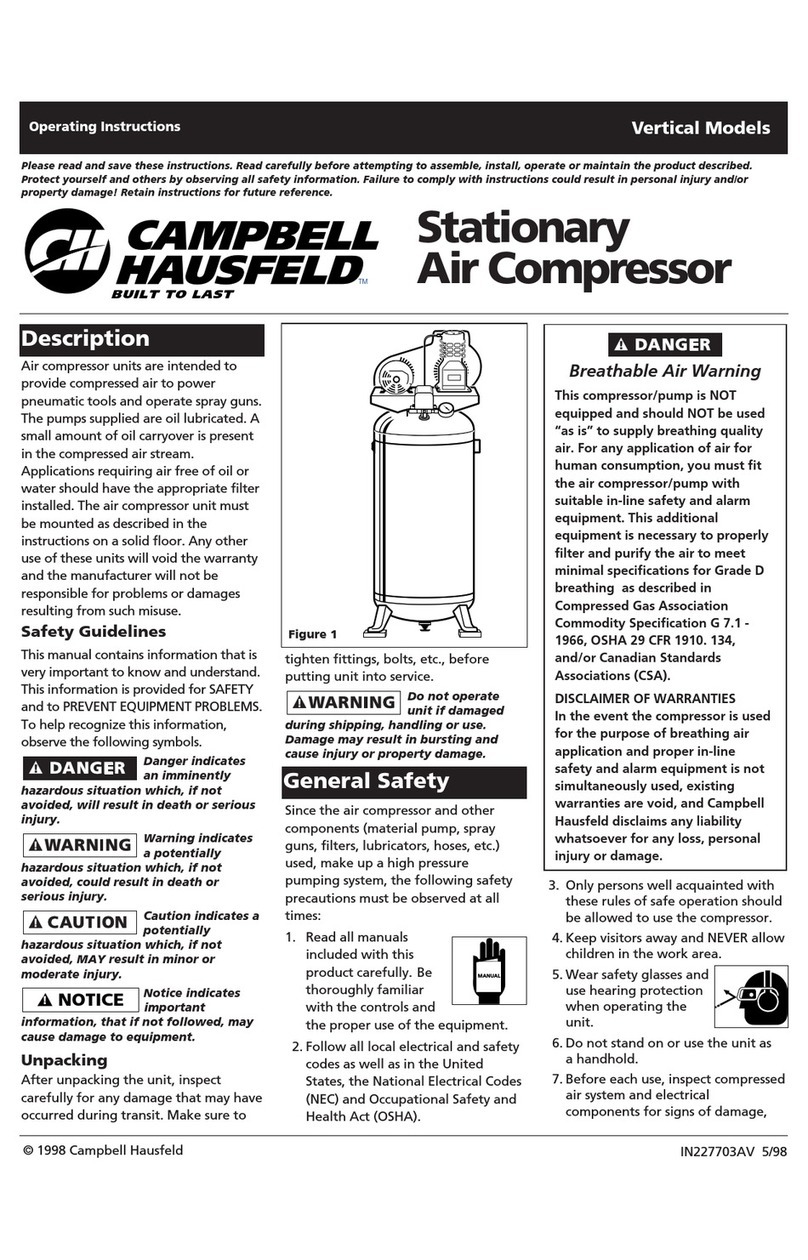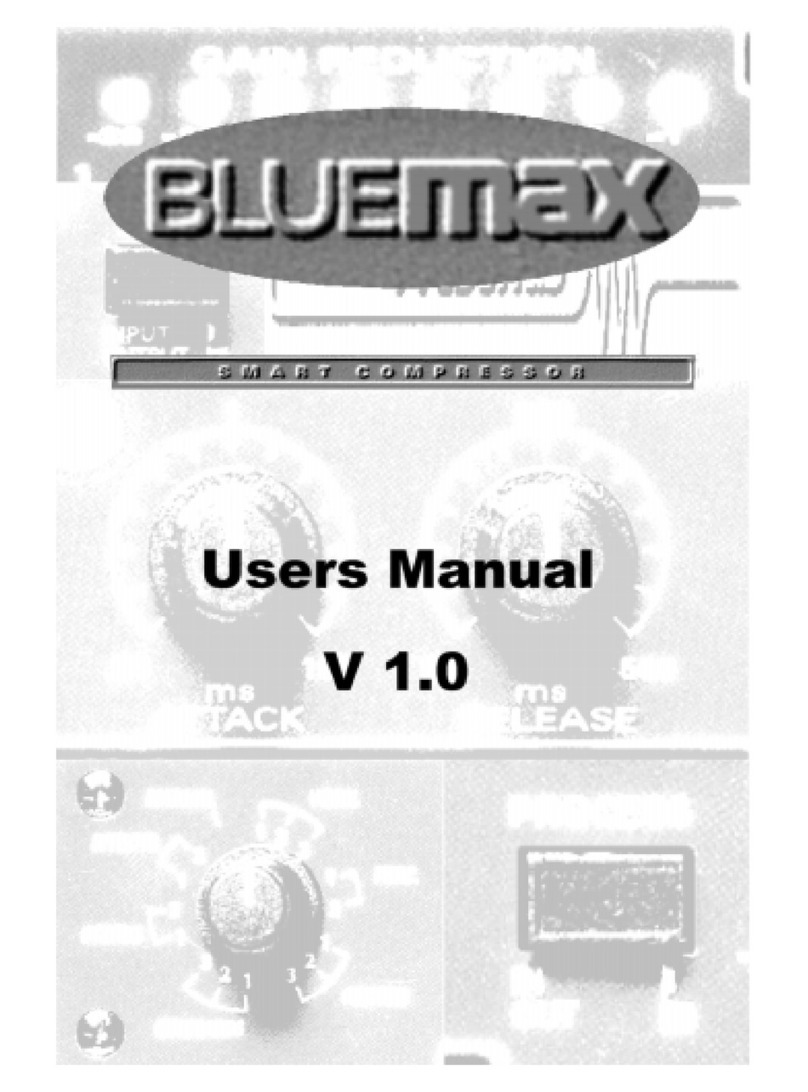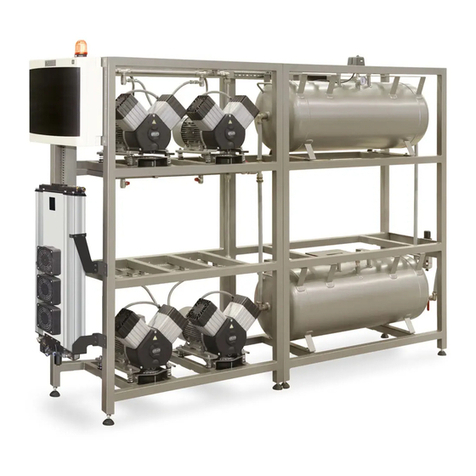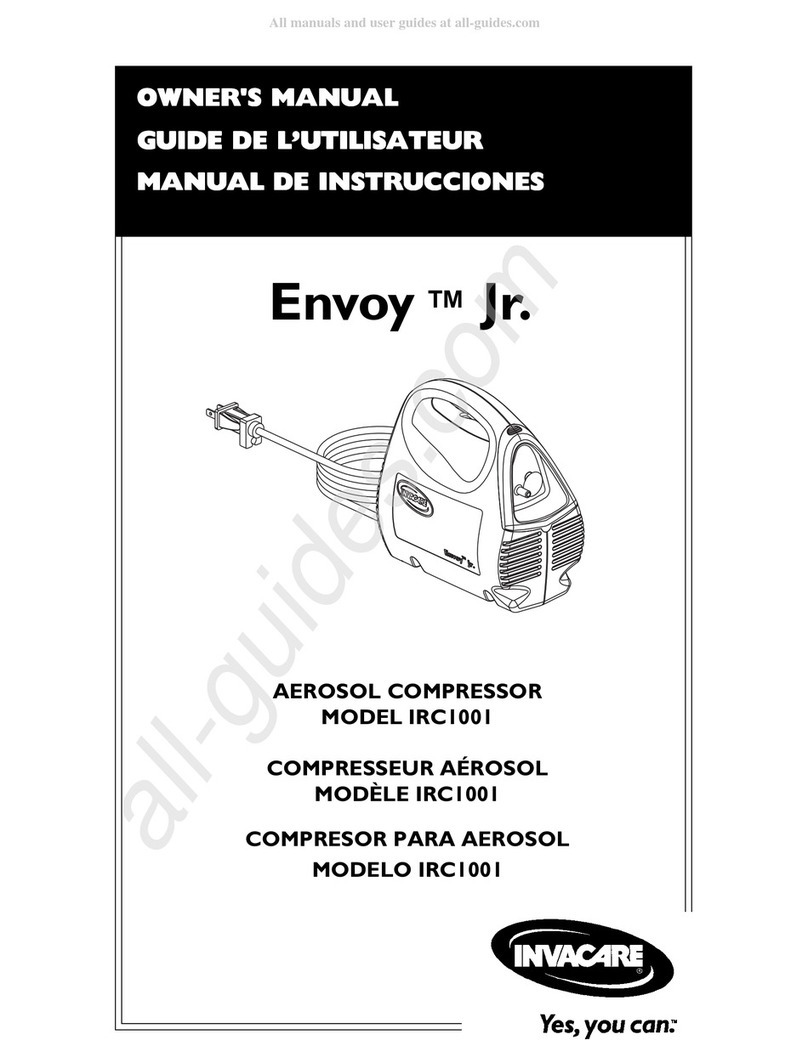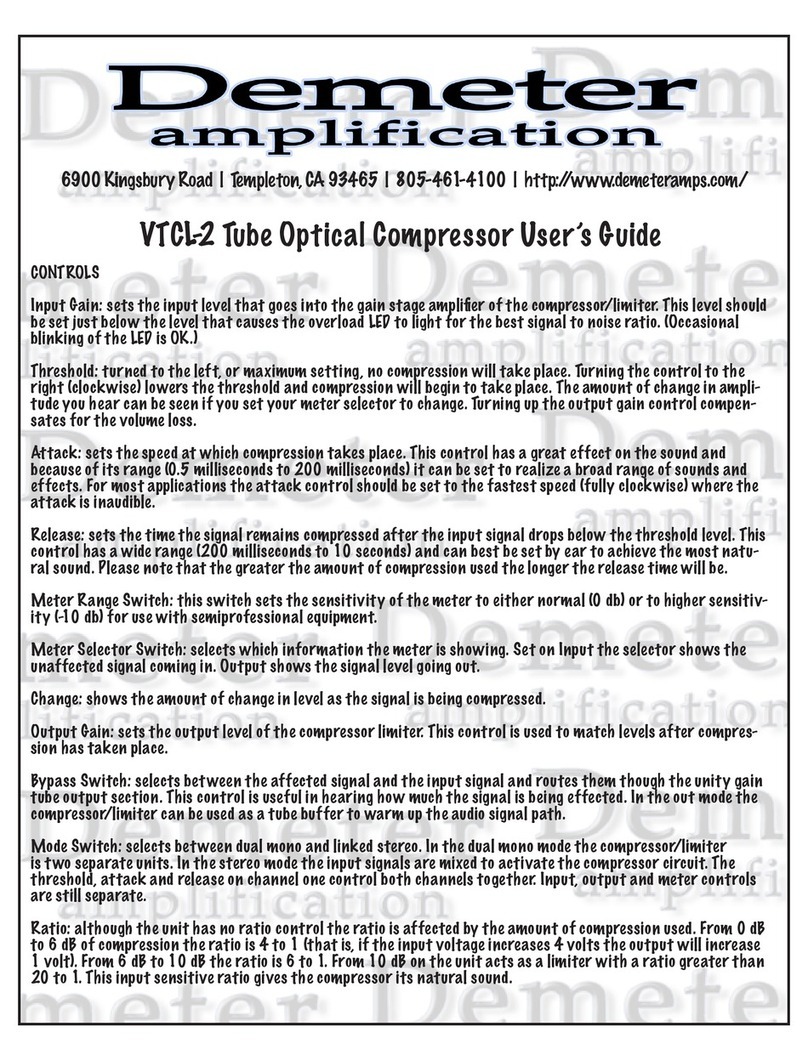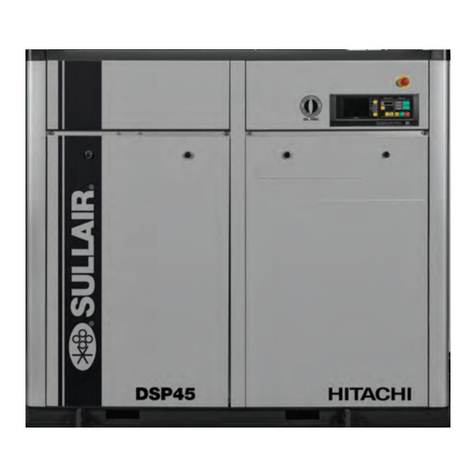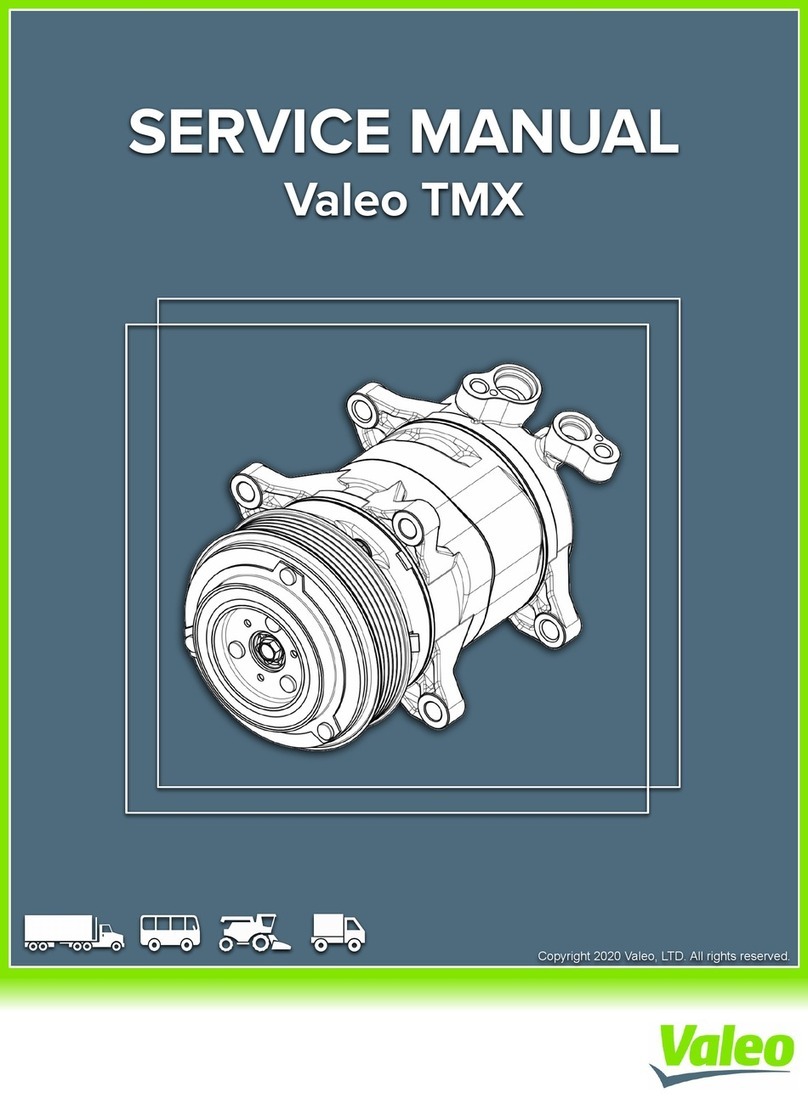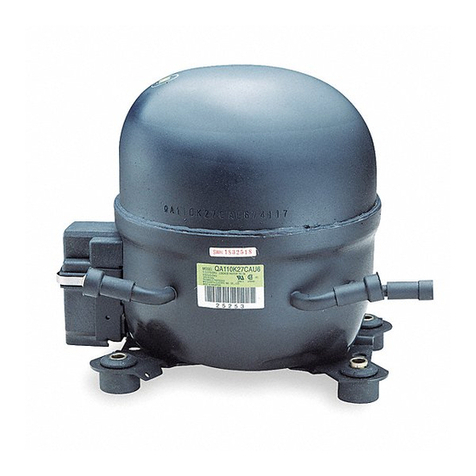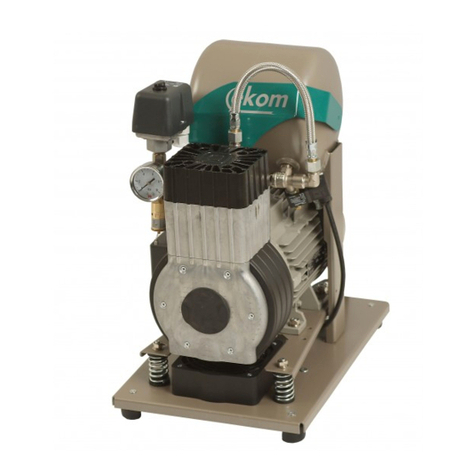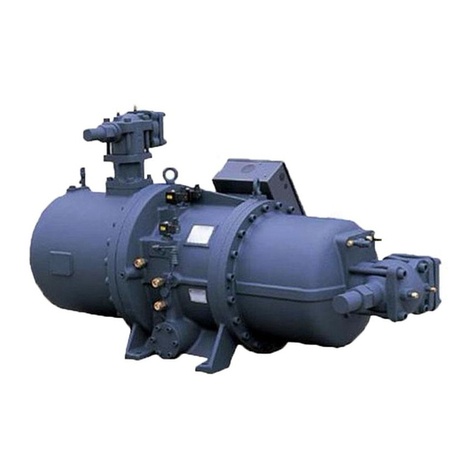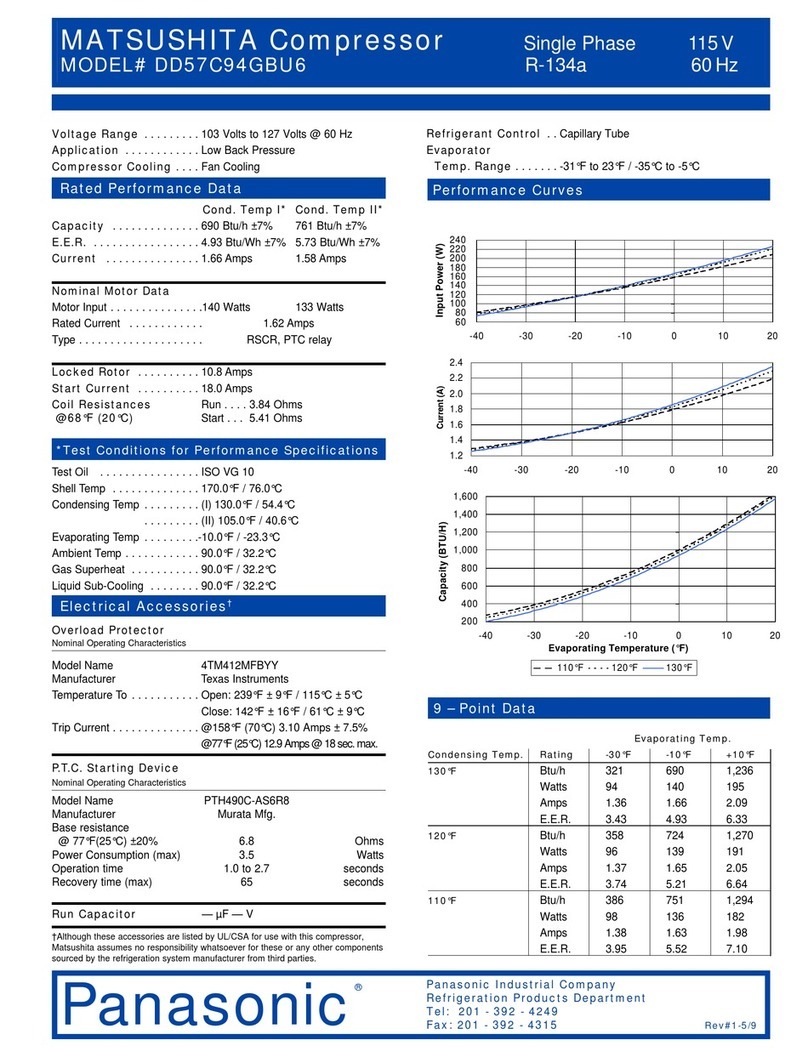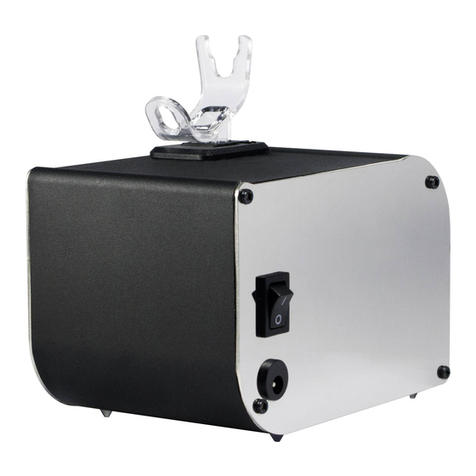
- 2 -
Contents
1- Product description ....................................................................... 3
2- Operation precautions ................................................................ 13
3- Handling instructions .................................................................. 14
Maintenance precautions ................................................................14
Work area ..............................................................................................14
Refrigerant handling ............................................................................14
Compressor handling .......................................................................15
Compressor removal ........................................................................15
Oil return operation .........................................................................16
Oil handling ......................................................................................16
Oil contamination ............................................................................17
Oil check ...........................................................................................17
Replacement of components ..........................................................18
Running-in operation .......................................................................19
Compressor running-in .........................................................................19
Magnetic clutch running-in ..................................................................19
Leak test ...........................................................................................20
Refrigerant charging ........................................................................20
Storing a repaired compressor ........................................................20
4- Troubleshooting .......................................................................... 21
Compressor troubleshooting ...........................................................21
Compressor troubleshooting tree ...................................................21
A/C cycle diagnosis by gauge pressure..........................................24
5- Tightening torques ...................................................................... 26
6- Service procedures - Magnetic clutch ........................................ 27
7- Service procedures - Shaft seal assembly ................................. 31
8- Service procedures - Cylinder heads .......................................... 34
9- Service tools ................................................................................ 39
10- Service parts ............................................................................. 43
